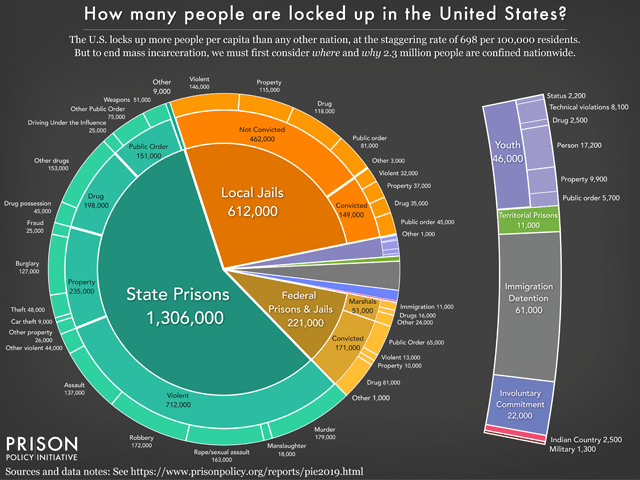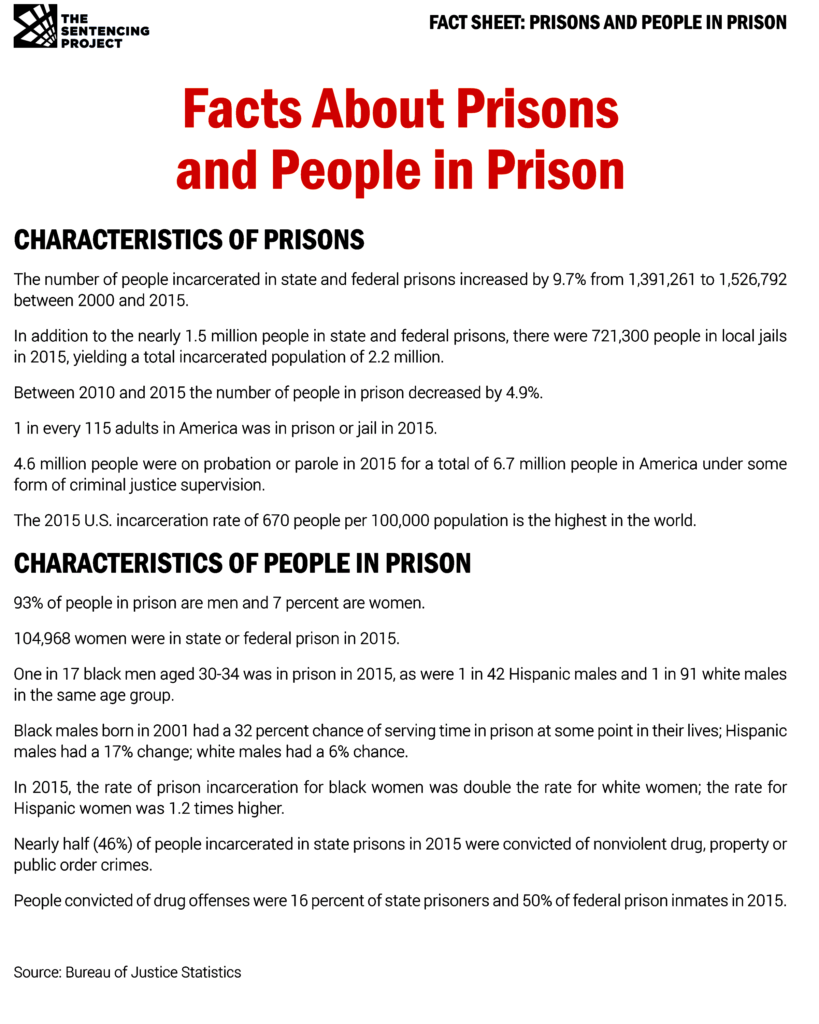In the land of the free, where dreams are meant to soar and opportunities abound, there exists a place where hope is often in short supply – the United States prison system. This is a story of tragic numbers and the glimmers of hope that emerge from within those formidable walls.
The Stark Statistics
Let’s begin with the stark statistics. The United States, often celebrated for its freedom, holds the dubious distinction of having one of the highest incarceration rates in the world. As of my last update in September 2021, there were over 2.2 million people behind bars in the U.S. That’s more than the entire population of some countries.

The reasons for this staggering number are multifaceted. A complex interplay of socio-economic factors, racial disparities, and punitive laws have contributed to this crisis. Non-violent offenders find themselves serving long sentences, their potential for rehabilitation often squandered in an unforgiving system.
The Human Stories
Behind these numbers, there are human stories that paint a poignant picture of the prison experience. Many people who are incarcerated come from backgrounds marred by poverty, limited access to education, and insufficient mental health resources. Their journey to incarceration is often a tragic one, with missed opportunities for intervention and support.
Inside those prison walls, lives are put on hold, but they don’t stop. Those who are incarcerated grapple with separation from families, loss of personal freedom, and the harsh realities of life within the correctional system. Mental health issues often fester, and access to rehabilitation programs can be sporadic.

A Glimmer of Hope
Yet, amidst this tragedy, there’s a glimmer of hope. The awareness of these issues has spurred action. Advocates, reformers, and even some policymakers are pushing for change.
Sentencing Reform: Efforts to reform sentencing laws are underway. The realization that lengthy sentences for non-violent offenses often do more harm than good has sparked change in some states.
Prison Education Programs: Many prisons now offer education programs, from GED courses to vocational training. These initiatives give those who have been incarcerated the opportunity to acquire new skills and rebuild their lives.
Mental Health Services: Recognizing the mental health crisis within prisons, some institutions have increased access to counseling and treatment.
Reentry Programs: Initiatives to support the incarcerated upon their release have gained momentum. These programs offer guidance, job training, and housing assistance to help individuals reintegrate into society.
The Power of Redemption
Perhaps the most uplifting aspect of this story is the power of redemption. Many who have served time behind bars find the strength to turn their lives around. They become advocates for change, mentors to others within the system, and productive members of society upon their release.
In this tragic yet hopeful narrative of the U.S. prison system, we are reminded that the human spirit can endure even in the bleakest of circumstances. The road to reform is long and challenging, but with awareness and concerted effort, the glimmers of hope within those prison walls can grow brighter, offering the promise of a brighter future for all. It’s a journey we must collectively undertake to ensure that the tragedy of mass incarceration transforms into a story of redemption, second chances, and a more just society for all